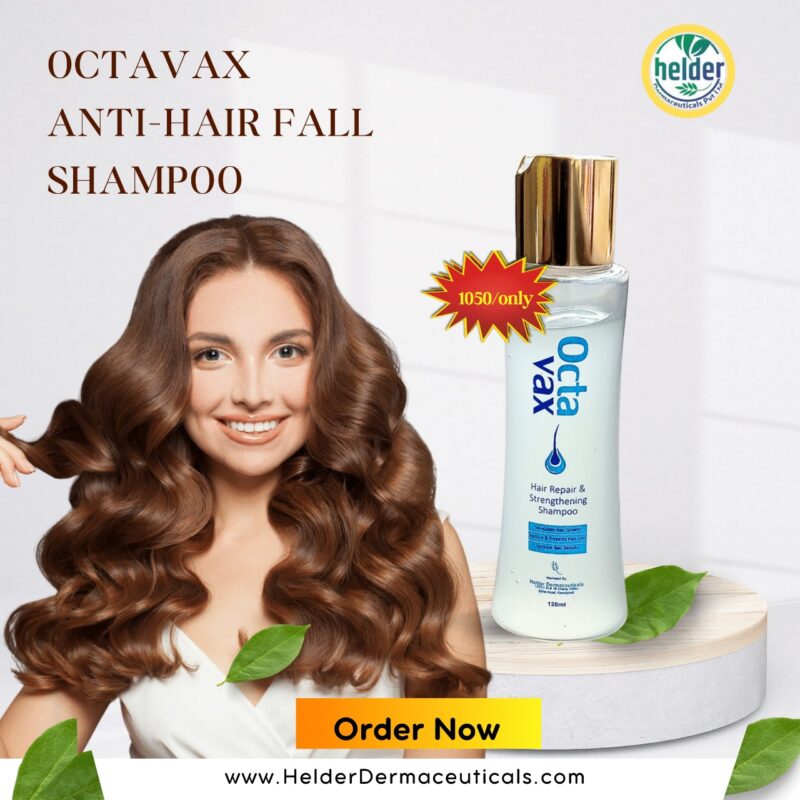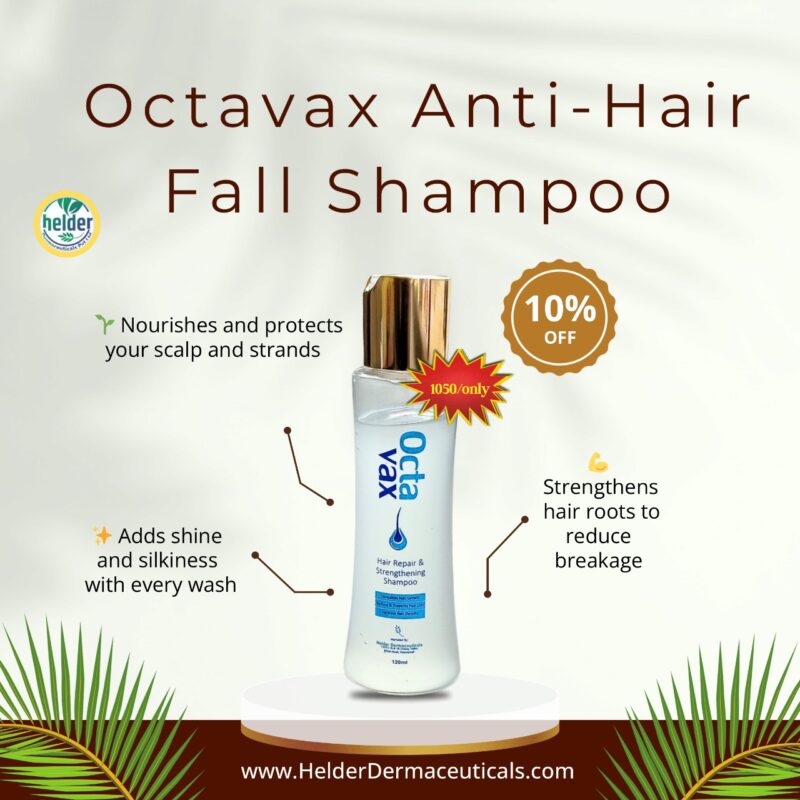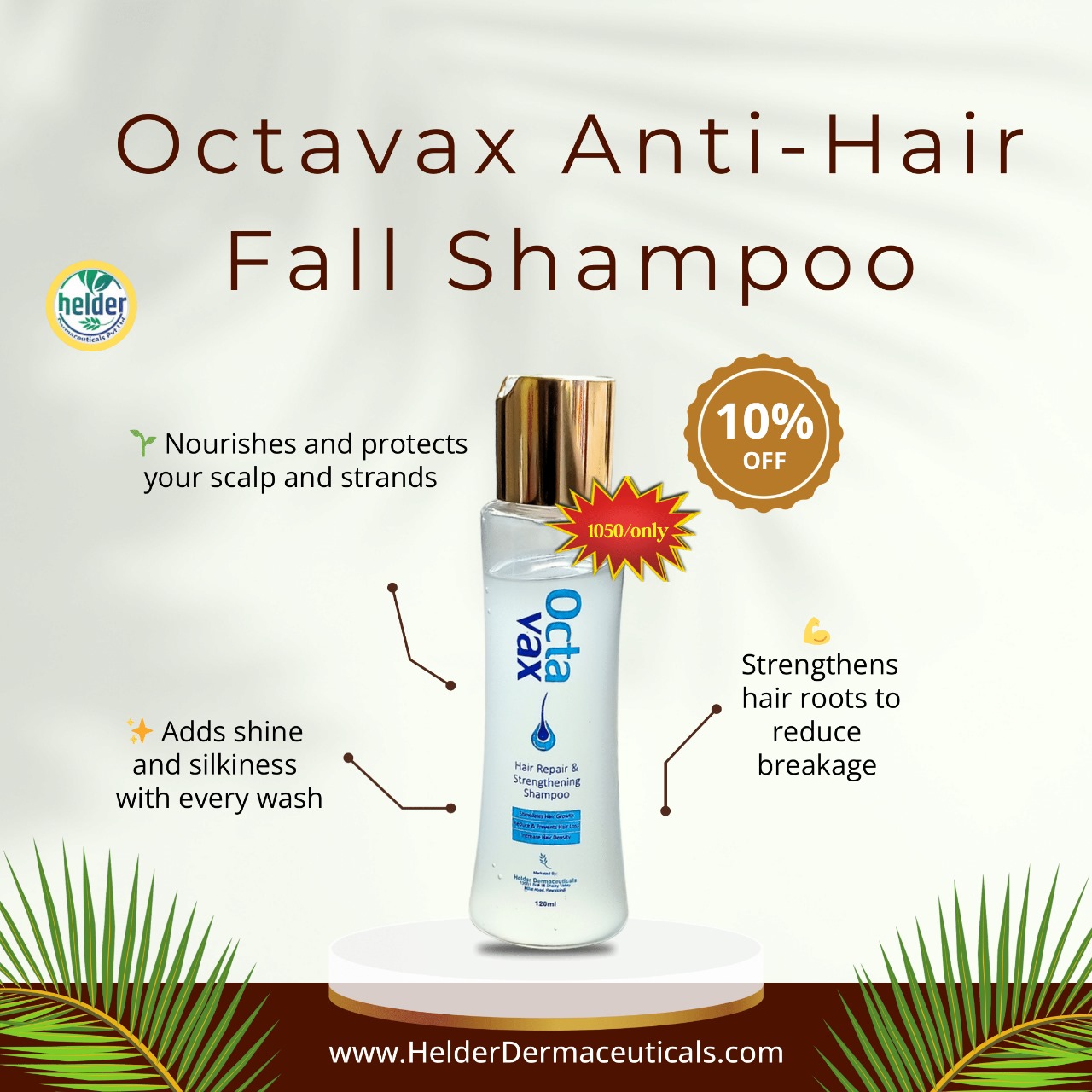Finding strands of hair on your brush, in the shower drain, or on your clothes can be alarming. While it’s normal to lose some hair every day – usually around 50 to 100 strands – seeing more than usual or noticing your hair becoming noticeably thinner can be a real source of worry. Hair fall, or excessive hair shedding, is a common problem, and it can affect anyone, regardless of age or gender. But here’s the good news: understanding causes and effective solutions can put you back in control.
This guide is designed to be your complete resource, breaking down why hair fall happens and, more importantly, what you can do about it. We’ll explore everything from the hidden reasons behind shedding to practical steps you can take today to achieve stronger, healthier hair.
Why Is My Hair Falling Out? Understanding the Causes
To truly tackle hair fall, we first need to figure out why it’s happening. Hair loss isn’t usually a single problem; it’s often a puzzle with several pieces. By understanding causes and effective solutions, you can pinpoint the best approach for your specific situation.
Your Genes (Androgenetic Alopecia)
This is the most common reason for hair loss, often called male or female pattern baldness. If your parents or grandparents experienced thinning hair, you might too. It’s largely genetic and happens because hair follicles become sensitive to certain hormones, causing them to shrink over time. For this type of hair fall, understanding causes and effective solutions often means looking at long-term management strategies.
Hormones play a huge role in hair growth. Any big shifts can lead to noticeable hair fall.
Menopause: As women approach and go through menopause, changes in estrogen levels can lead to thinning hair.
Thyroid Problems: Both an overactive (hyperthyroidism) or underactive (hypothyroidism) thyroid can mess with your hair cycle.
Pregnancy and Postpartum: Many women experience thick hair during pregnancy, followed by significant shedding a few months after childbirth. This is called telogen effluvium and is usually temporary.

Stress: The Unseen Culprit
Believe it or not, high stress levels can literally make your hair fall out.
- Physical Stress: Things like surgery, severe illness, or a major accident can push many hair follicles into a resting phase prematurely, leading to widespread shedding a few months later.
- Emotional Stress: Chronic emotional stress from work, relationships, or personal struggles can also contribute to hair fall. Dealing with stress is a key part of understanding causes and effective solutions for this type of hair fall.
What You Eat (or Don’t Eat) Matters
Your hair needs proper nutrition to grow strong. Deficiencies in certain vitamins and minerals can definitely lead to hair fall.
- Iron: Low iron (anemia) is a very common cause, especially in women.
- Biotin, Zinc, and Vitamin D: These are vital for healthy hair growth.
- Protein: Hair is mostly protein, so not getting enough can weaken strands.
Medical Conditions and Medications
Sometimes, hair fall is a symptom of an underlying health problem or a side effect of medication.
- Autoimmune Diseases: Conditions like Alopecia Areata cause the immune system to mistakenly attack hair follicles, leading to patchy hair loss.
- Scalp Infections: Fungal infections on the scalp can cause redness, flakiness, and hair fall.
- Medications: Certain drugs, like those for cancer (chemotherapy), blood thinners, or even some antidepressants, can cause hair shedding. For these cases, understanding causes and effective solutions involves working closely with your doctor.
Harsh Hair Care Habits
How you treat your hair physically can also play a role.
- Tight Hairstyles: Braids, ponytails, or buns that pull tightly on the hair can cause “traction alopecia,” leading to hair loss around the hairline.
- Excessive Heat Styling: Frequent use of hot tools like flat irons and curling irons without heat protection can damage hair, making it brittle and prone to breaking off.
- Chemical Treatments: Over-processing with dyes, bleaches, or perms can weaken hair bonds and lead to breakage and fal
The Natural Process of Aging
As we get older, it’s normal for hair to become thinner and grow slower. Hair follicles can shrink, and some might stop producing hair altogether. This is a natural part of aging for many people.
Your Action Plan: Effective Solutions for Hair Fall
Now that we’ve covered the common reasons, let’s dive into understanding causes and effective solutions. The good news is there’s a lot you can do to reduce hair fall and encourage healthy growth.
1. Lifestyle Adjustments & Holistic Health
These are the foundational steps for any anti-hair fall journey.
- Eat for Your Hair:
- Protein Power: Include lean meats, fish, eggs, beans, lentils, and nuts in your diet.
- Iron-Rich Foods: Spinach, kale, red meat, and fortified cereals are great sources.
- Vitamins & Minerals: Load up on fruits and vegetables for Vitamins A, C, and E.
- Healthy Fats: Omega-3s found in fatty fish (salmon, mackerel) and flax seeds are great for scalp health.
- Conquer Stress: Find healthy ways to manage stress. This could be meditation, yoga, spending time in nature, hobbies, or simply ensuring you get enough sleep. Remember, managing stress is a significant part of understanding causes and effective solutions for stress-related hair fall.
- Get Enough Sleep: Aim for 7-9 hours of quality sleep. Your body, including your hair follicles, repairs itself while you sleep.
- Stay Hydrated: Drink plenty of water throughout the day. Hydration is crucial for overall body function, including hair health.

Gentle Hair Care: Protecting Your Strands
How you handle your hair daily can make a big difference in preventing breakage and promoting healthy growth.
- Shampoo Wisely: Use a mild, sulfate-free shampoo and conditioner. Harsh chemicals can strip natural oils and weaken hair.
- Cool Down: Wash your hair with lukewarm water, not scorching hot. Hot water can dry out your scalp and hair.
- Be Gentle When Wet: Hair is weakest when wet. Gently squeeze out excess water with a soft towel instead of rubbing vigorously. Use a wide-tooth comb to detangle, starting from the ends and working your way up.
- Limit Heat Styling: Reduce how often you use blow dryers, straighteners, and curling irons. When you do use them, always apply a heat protectant spray.
- Avoid Tight Hairstyles: Give your hair a break from tight ponytails, buns, and braids that pull on your scalp.
- Brush Gently: Use a brush with soft bristles and avoid over-brushing
Over-the-Counter Heroes: Topical Treatments and Shampoos
Many products can help stimulate growth and reduce shedding.
- Minoxidil (Rogaine): This is one of the most well-known and FDA-approved treatments. It comes as a liquid or foam and is applied directly to the scalp. It works by stimulating hair follicles and extending the hair’s growth phase. It’s effective for many types of hair fall, but you need to use it consistently for ongoing results. For long-term anti-hair fall strategies, Minoxidil is often a key player.
- Ketoconazole Shampoo: While primarily for fungal infections, some studies suggest it can also help with certain types of hair fall due to its anti-androgen properties.
- Caffeine-infused Shampoos: Some research indicates that caffeine can stimulate hair growth when applied topically.
- Peptide-rich Serums: Peptides are amino acids that can help strengthen hair and support scalp health, making them a good addition to your anti-hair fall regimen.
Targeted Supplements (with Caution)
Supplements can fill nutritional gaps, but always talk to your doctor before starting any new supplement, especially for hair fall.
- Biotin: Often touted for hair, skin, and nails, biotin plays a role in keratin production. However, only take it if you have a diagnosed deficiency.
- Iron: If a blood test confirms you have low iron, your doctor might prescribe iron supplements.
- Vitamin D: Low Vitamin D levels have been linked to hair loss.
- Marine Collagen: Some people find collagen peptides beneficial for strengthening hair and nails.
- Zinc: Important for hair tissue growth and repair.

Professional and Advanced Treatments
For more stubborn or severe hair fall, a dermatologist can offer more targeted solutions. This is where understanding causes and effective solutions gets specialized.
- Prescription Medications:
- Finasteride: Primarily for men, this oral medication blocks the production of DHT, a hormone linked to male pattern baldness.
- Spironolactone: Sometimes prescribed off-label for women with hormonal hair loss.
- Platelet-Rich Plasma (PRP) Therapy: This involves drawing a small amount of your blood, processing it to concentrate the platelets (which are rich in growth factors), and then injecting it back into your scalp. It’s believed to stimulate hair follicles and promote growth.
- Low-Level Laser Therapy (LLLT): This uses specific wavelengths of light to stimulate hair follicles. It’s available in clinic settings or via at-home devices.
- Hair Transplant Surgery: For individuals with significant, localized hair loss, hair transplant surgery can be an option, where healthy hair follicles are moved from one part of the scalp to balding areas. This is a significant step in understanding causes and effective solutions for permanent hair loss.
The Patience Factor: Realistic Expectations and Consistency
It’s crucial to have realistic expectations when dealing with hair fall. Hair grows slowly, so you won’t see results overnight.
- Be Patient: Most treatments take at least 3 to 6 months of consistent use before you see noticeable improvement. Don’t get discouraged if you don’t see immediate changes.
- Consistency is Key: Whether it’s a new shampoo, a topical treatment, or dietary changes, sticking with your routine daily is vital. This consistency is fundamental to understanding causes and effective solutions in action.
- Listen to Your Body: Pay attention to how your hair and scalp react. If a product causes irritation, stop using it.
- Track Your Progress: Taking photos every few months can help you see subtle improvements that you might otherwise miss.


